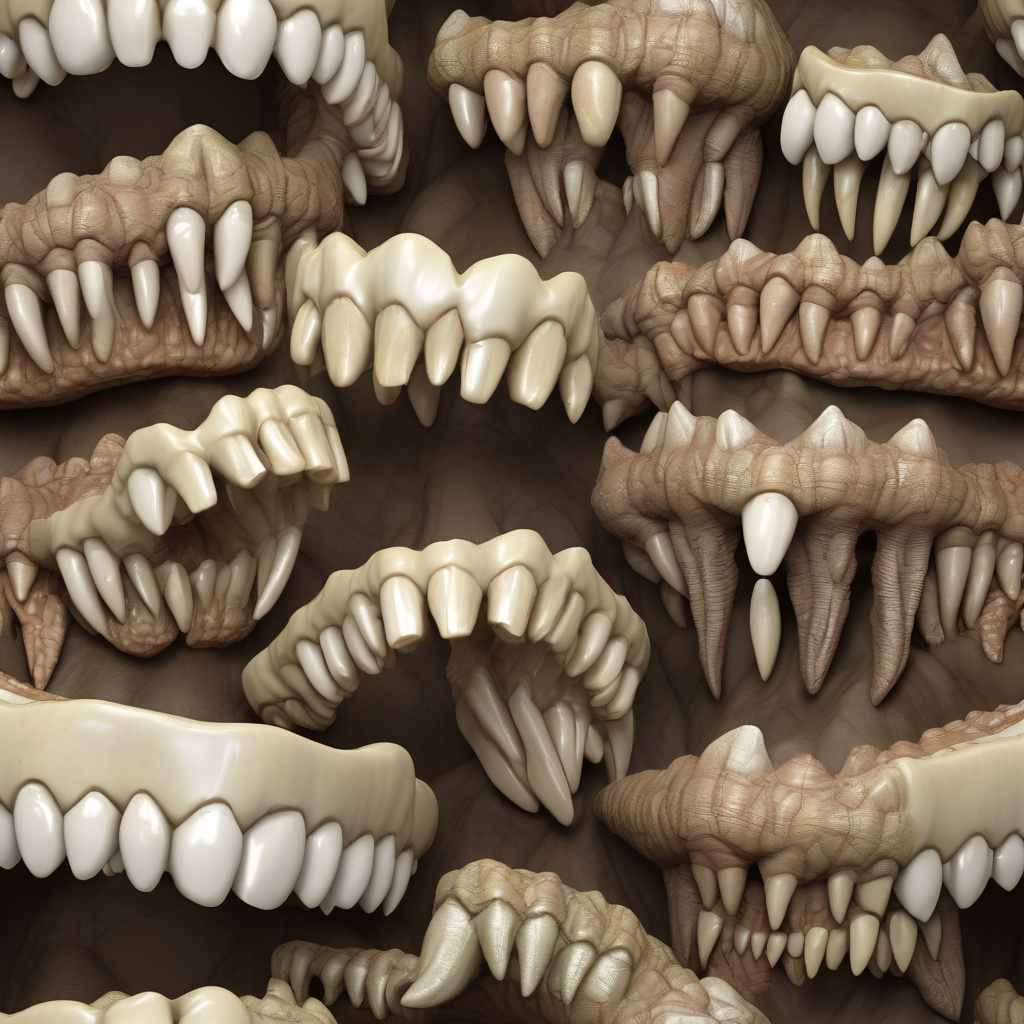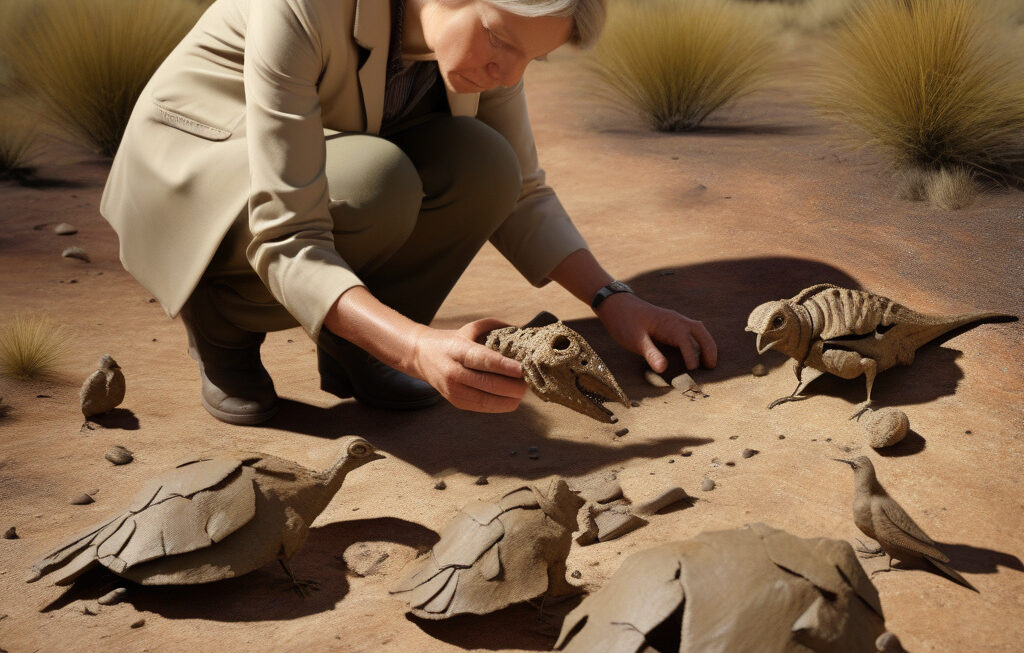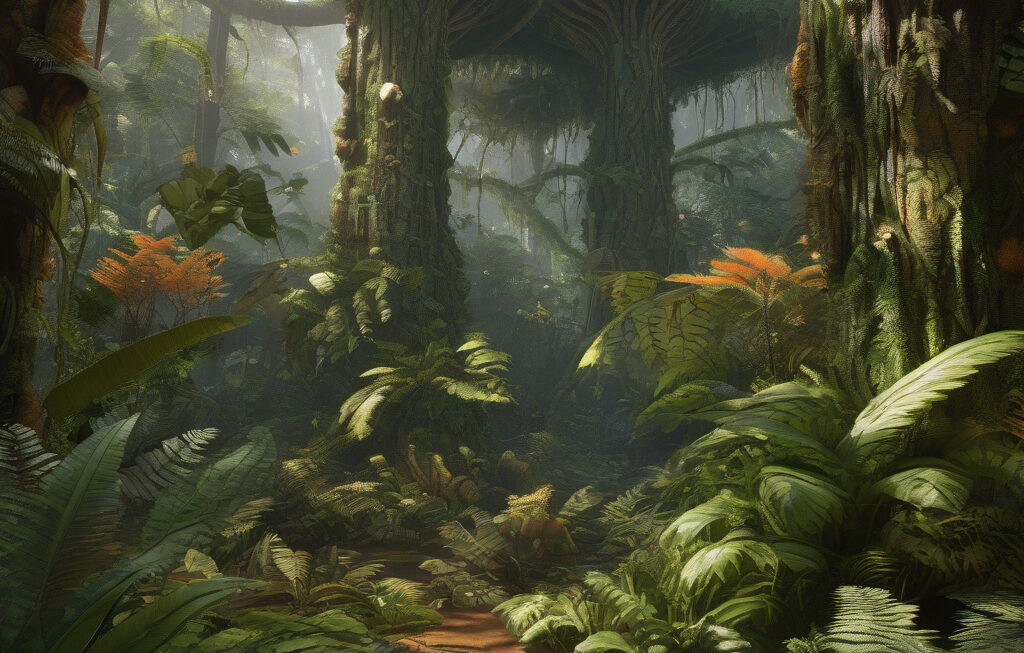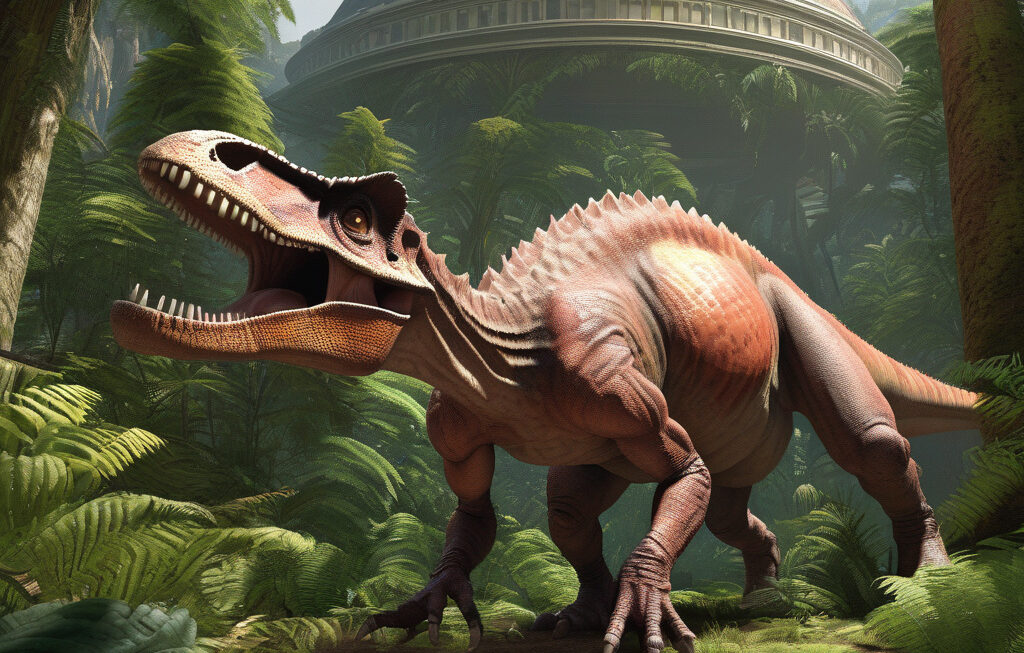2-Million-Year-Old Teeth Reveal Sex of Mysterious Ancient Human-Like Ape Species
A new scientific study is uncovering unprecedented details about the lives and genetics of extinct human-like ape species through the analysis of 2-million-year-old teeth. The research, conducted by a team of paleontologists and anthropologists, focused on examining the dental remains of an ancient ape species known as Australopithecus sediba, which lived in what is now South Africa during the early Pleistocene epoch.
The study, published in the journal “Nature Ecology & Evolution,” revealed that the teeth belonged to individuals of both sexes, shedding light on the social structure and behavior of this enigmatic species. By analyzing the dental micro-wear patterns and isotopic signatures of the teeth, the researchers were able to determine not only the sex of the individuals but also their dietary habits and potential ecological niche within their ancient environment.
One of the most intriguing findings of the study was the presence of multiple adult females among the individuals examined. This discovery challenges previous assumptions about the social dynamics of Australopithecus sediba and suggests that females played a more prominent role in the community than previously thought. The researchers also identified signs of dietary diversity among the individuals, indicating that they had access to a range of foods and resources in their environment.
The analysis of the ancient teeth provided valuable insights into the evolutionary history of Australopithecus sediba and its relationship to other hominin species. By comparing the dental features of these ancient individuals to those of other extinct and extant primates, the researchers were able to infer important information about the evolutionary adaptations and genetic connections of this species.
Furthermore, the study highlights the significance of dental remains in paleontological research and the wealth of information that can be gleaned from these often-overlooked fossils. Teeth not only provide clues about the diet and behavior of ancient species but also offer valuable insights into their evolutionary relationships and social structures.
As our understanding of human evolution continues to evolve through groundbreaking research initiatives like this one, the study of ancient teeth and other fossilized remains will undoubtedly play a crucial role in unraveling the mysteries of our prehistoric past. By piecing together the puzzle of our evolutionary history, scientists can gain a deeper appreciation for the diversity of ancient hominin species and the complex web of relationships that shaped our modern human lineage.
In conclusion, the analysis of 2-million-year-old teeth belonging to the mysterious Australopithecus sediba has opened up new avenues of research into the lives and genetic makeup of this ancient human-like ape species. By revealing the sex, dietary habits, and social dynamics of these individuals, the study provides valuable insights into the evolutionary history of our ancestors and the complex interplay of factors that influenced their survival and adaptation over millions of years.
evolution, anthropology, paleontology, hominin, teeth












